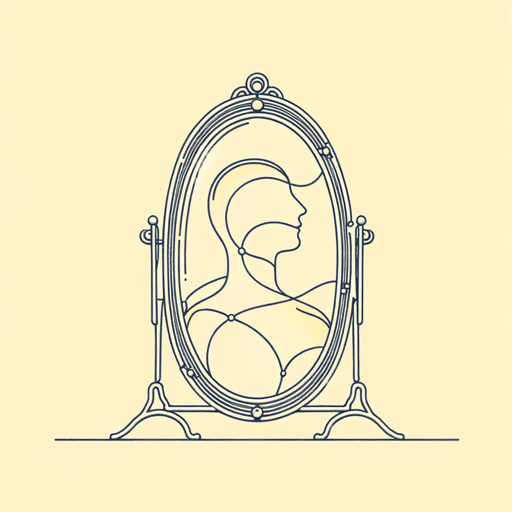47 pages • 1 hour read
V. S. RamachandranThe Tell-Tale Brain
Nonfiction | Book | Adult | Published in 2011A modern alternative to SparkNotes and CliffsNotes, SuperSummary offers high-quality Study Guides with detailed chapter summaries and analysis of major themes, characters, and more.
Key Figures
V.S. Ramachandran
Vilayanur Subramanian (V.S.) Ramachandran (b. 1951) is an Indian-American neuroscientist. In the Preface, Ramachandran details his love affair with science, especially 19th-century science, which began during his childhood in India. Both of his parents actively encouraged and supported his interests in science, gifting him tiny, dried seahorses, microscopes, and more. Ramachandran’s father encouraged him to pursue medicine, stating, “‘You can become a second-rate doctor and still make a decent living […] but you can’t be a second-rate scientist; it’s an oxymoron” (xiv). Ramachandran earned a medical degree in India. He then studied experimental neuroscience at Cambridge where he earned his PhD.
Ramachandran favors “small science,” which involves smaller teams and focuses on simple and easy-to-do experiments, over “big science.” He invented the mirror box, comprised of everyday household items like Q-tips, ordinary mirrors, and glasses of water. While the invention is simple, its impact has been extraordinary. Mirror boxes help alleviate phantom limb pain. Ramachandran acknowledges that not everyone likes his style of science. He firmly believes that science needs a variety of perspectives and approaches.
Ramachandran studies patients with unusual neurological disorders to better understand the functions and structures of the healthy, normal brain. Ramachandran defines these disorders as “patients with damage or genetic quirks in different parts of the brain that produce bizarre effects on their mind and behavior” (xi).

